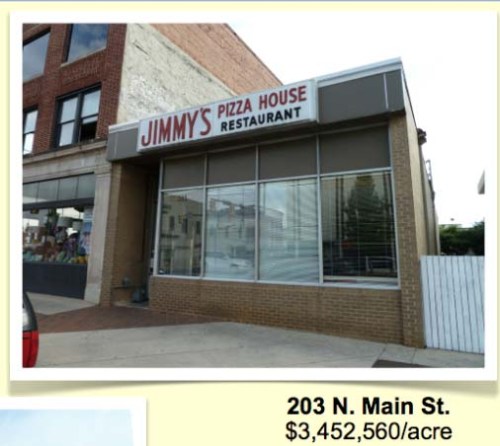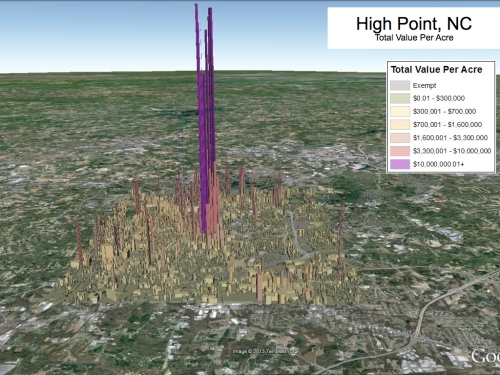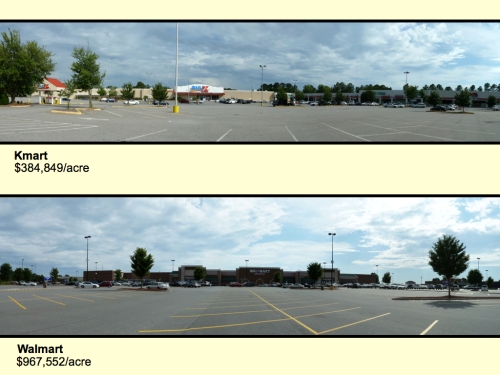 From Strong Towns: "The most brilliant innovations in building cities won't come from the current generation of politicians, professionals, and advocates. That brilliance is already embodied in the traditional development pattern, a fool-proof approach to building places that was developed the hard way: slowly and incrementally over time.
"For millennia, around the world, in different cultures and different climates, we built places scaled to people. It has only been in the last 60+ years that we in North America stopped walking and started driving. For thousands of years prior, we walked everywhere, and so our places were built around people who walked. While there are many variations on the theme, the scale and proportions of these places are very similar.
From Strong Towns: "The most brilliant innovations in building cities won't come from the current generation of politicians, professionals, and advocates. That brilliance is already embodied in the traditional development pattern, a fool-proof approach to building places that was developed the hard way: slowly and incrementally over time.
"For millennia, around the world, in different cultures and different climates, we built places scaled to people. It has only been in the last 60+ years that we in North America stopped walking and started driving. For thousands of years prior, we walked everywhere, and so our places were built around people who walked. While there are many variations on the theme, the scale and proportions of these places are very similar.
"The knowledge for how to build this way -- those fundamental underpinnings of scale and proportion -- does not come from a theory or a brilliant individual but from a experiments that occurred over and over again for thousands of years. In other words, people tried different things, and the places that endured long enough to be copied were the ultimate strong towns. They were resilient politically, socially, culturally, and financially.
"The financial strength of the traditional development pattern is still visible today because the remnants of places built in that style still exist. Joe Minicozzi, one of today's most brilliant communicators, has taken data from all over the country and created amazing maps that show the financial productivity of different development patterns. He and I did some work in North Carolina earlier this year where he presented this map of High Point. The map shows financial productivity -- total value per acre -- of each parcel in the city.
"You'll never guess where the traditional downtown is at. (Hint: the purple in the middle.) The thing that is most stunning is how dramatically more productive that traditional development pattern is. It is not just marginally more productive, it is many, many multiples more valuable.
"Here's one of those high-yielding properties in the traditional development pattern: Jimmy's pizza [photo above]. Jimmy's pizza is likely nobody's idea of success and probably is never held up as a model for High Point (until Joe came to town, that is), yet the numbers don't lie. It is vastly more productive than the K-Mart or the Wal-Mart.
"Jimmy's pizza represents the base unit of development in the traditional development pattern. It is the cheap little box that was the first increment of investment for cities everywhere. It is so simple to build that you literally can't mess it up. And look at how productive it is. The traditional approach is, in a sense, fool proof.
"There are thousands of ways to improve Jimmy's pizza (few that require more than a moderate level of competence). If Jimmy's pizza fails, well....that building can be transformed into about anything. Give it some time and a surrounding neighborhood full of people on foot and that invisible hand will figure it out (if our antiquated zoning codes don't prevent it)." Full post here.


